Hurricane Portal
The Geophysical Fluid Dynamics Laboratory (GFDL) has developed and uses atmospheric and climate models for improving the understanding and prediction of hurricane behavior. The Hurricane Prediction System forecasts the movement and intensity of hurricanes, while global and regional climate models simulate the influence on hurricane activity of various atmospheric and oceanic processes, including climate change and variability. These findings from GFDL research projects are cited in several major climate assessment reports.
Hurricane Prediction and Projection

1-5 Day Operational Hurricane Forecasting
Since 1995, the GFDL Operational Hurricane Forecast Model has been used by the National Weather Service and has consistently been one of the top-performing models for the prediction of hurricane tracks. The latest upgrades to the GFDL hurricane model have led to significant improvements in hurricane intensity forecasts by better representing the atmospheric and oceanic physical processes critical for intensity prediction.
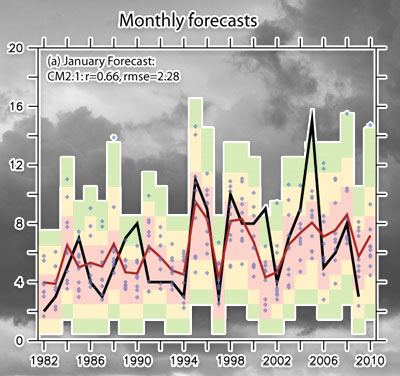
Seasonal to Decadal Hurricane Prediction
This website contains experimental forecasts of Atlantic hurricane frequency for the continued evaluation of the methodology and enhancement of our understanding of the influence of climate on hurricanes. The site also contains a description of the forecast system and evaluations of its performance.
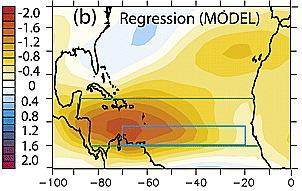
Multi-Decadal Climate Variability
On regional scales and for periods of a decade or two, natural climate variability has an impact comparable to greenhouse gas induced climate change including drought and extreme weather events such as hurricanes. Furthering our understanding of decadal variability and how predictable it is, enhances our ability to differentiate human-induced climate change from natural climate variability, especially in relation to hurricane activity.
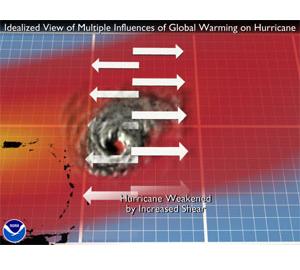
Hurricanes and Climate Change
Through research, GFDL scientists have concluded that it is premature to attribute past changes in hurricane activity to greenhouse warming, although simulated hurricanes tend to be more intense in a warmer climate. Other climate changes related to greenhouse warming, such as increases in vertical wind shear over the Caribbean, lead to fewer yet more intense hurricanes in the GFDL model projections for the late 21st century. GFDL research on hurricanes and climate has been cited in several key assessment reports, including the WMO and IPCC assessments. Further investigation with more advanced models is needed for more confident projections of future hurricane activity in a warming climate.
Hurricane Model Development
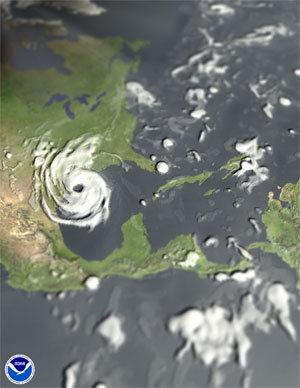
Regional Modeling
Climate modeling improves our understanding of atmospheric circulations and extreme weather events such as hurricanes. Investigating hurricane sensitivity to climate change requires a variety of regional models such as the ZETAC Model and Downscaled ZETAC and Hurricane Forecast System Model. These GFDL models simulate Atlantic hurricane seasons and their sensitivity to large-scale variability, including climate change.
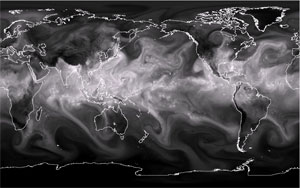
Global Modeling
GFDL’s global models are used to study the causes of annual variability and recent trends in hurricane activity, as well as the predictability of the Atlantic hurricane season. GFDL is currently working on the creation of a higher resolution coupled model with smaller grid cells. This will allow for a more realistic simulation of the climate system, including its response to external forcings such as increasing greenhouse gases.
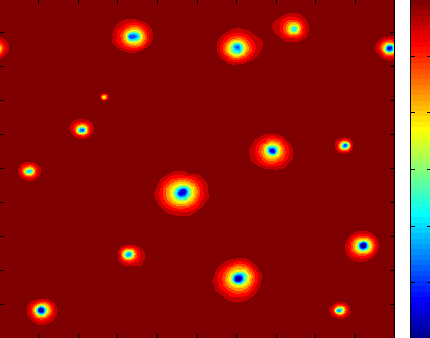
Theoretical Modeling
Idealized models of hurricane formation and structure are needed to understand the fundamental fluid dynamics and thermodynamics of these storms, as well as the behavior of our more realistic models. In our “rotating radiative convective equilibrium” simulations, a realistic model is simplified by removing land surfaces and spherical geometry, and by assuming that the underlying ocean temperatures are spatially uniform, providing a relatively simple system in which to study the formation and mature structure of hurricanes.
Hurricane Graphics and Visualizations
Click here to view many graphics and visualizations of hurricane tracks and activity from climate model results and data at GFDL.
Hurricane-Related Publications
Follow the link provided to view articles and research by GFDL scientists associated with hurricane modeling, movement, activity, formation, trends, development, and intensity.
Hurricane Researchers
Jan-Huey Chen
UCAR Project Scientist
Research Areas: Short-term tropical cyclone prediction;
subseasonal-to-seasonal (S2S) prediction
Kun Gao
CIMES Associate Research Scholar
Research Areas: Hurricane dynamics and subseasonal prediction
Stephen Garner
Research Meteorologist
Research Areas: Tropical Climate Modeling; Hurricane Dynamics
Thomas Knutson
Research Meteorologist
Research Areas: Hurricanes and Climate; Climate Change Detection and Attribution
Timothy Marchok
Research Meteorologist
Research Areas: Hurricane Modeling and Forecasting; Model Diagnostics
Hiro Murakami
UCAR Project Scientist
Research Areas: Tropical cyclone climate projections and predictions, Extreme events, Numerical weather prediction
Rong Zhang
Oceanographer
Research Areas: Coupled Ocean-Atmospheric Interactions; Decadal Variability
Ming Zhao
Atmospheric Scientist
Research Areas: High Resolution Atmospheric Model Development and Analysis; Convection and Cloud Parameterization; Hurricanes-Climate Modeling
Additional Resources
- For Current Hurricane Season, Visit NHC
- For Definition of a Hurricane, Visit AOML


